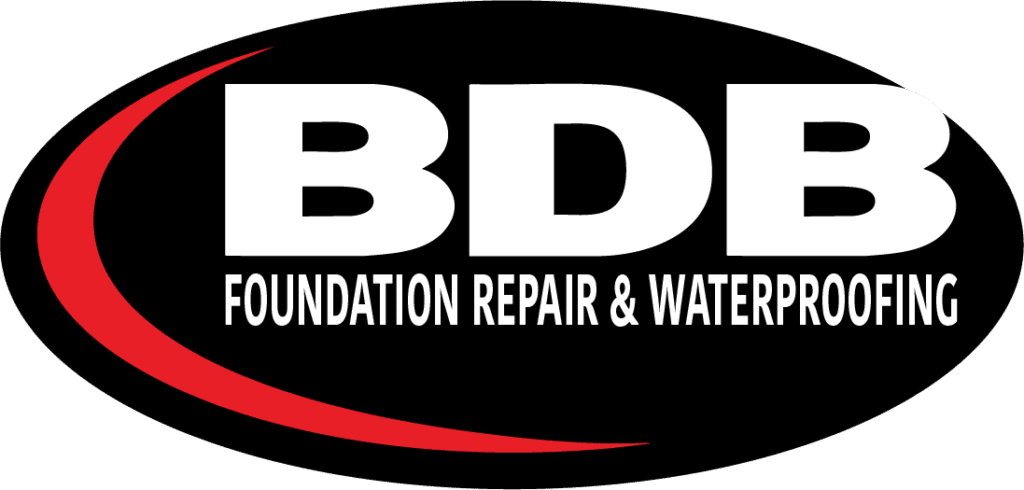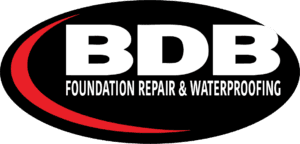Try as we may, sometimes mother nature just does not care about the manmade homes in her way. When it comes to severe rain and flash floods, it can be difficult to keep the water out of your home – specifically the basement. But there are some things you can do to help level the playing field. Below we have identified five key strategies to keep water out of your basement, and keep your home dry and comfortable for your family.
1. Gutters and Downspouts
By installing effective gutters and ensuring they do not clogged can go a long way to keeping rain fall from entering your home. Blocked gutters may cause roof water to pour directly into your home’s foundation, increasing the risk of basement flooding. If you do not have gutter leaf guards, you will need to ensure you are cleaning our your gutters from any debris, such as leaves or branches, often. You will also want to tighten any loose gutter straps and spout extensions, as well as clean out your downspouts often. The location of your downspouts is also important. Downspouts should extend at least five feet away from your house. This can be achieved by adding plastic or metal extensions to the downspouts.
2. Landscape Solutions
The way your landscape is designed could either be a help or hinderance for keeping your basement dry. You will want to make sure that the ground next to your foundation slopes away from your home so that water will flow away from the home and not pool near your foundation. You also do not want to plant anything right up against your home, you will want to ensure there is a few inches visible around the perimeter of your home when planting gardens.
3. Waterproof basement walls
Water usually comes into a basement due to the force from water building up outside the foundation. Increasing pressure makes it more likely that water will enter your home. Water seeps in through wall cracks. A cracked foundation will continue to deteriorate, and this seepage will get worse over time. You can waterproof basement walls with concrete coatings, silicate-based concrete sealers, waterproofing paint or plastic sheets or panels. Alternatively, waterproof exterior walls of the basement to fix gaps in the foundation, although it’s a costly job that requires excavating around the house.
4. Drainage Systems
If excess water does make it’s way into your home, you have a few options for managing and expelling it from your basement At BDB Waterprrofing, we utilize the SafeDrain™ system. The SafeDrain™ system has a low-profile, wide design that allows for adequate floor thickness (3.5 to 4 inches of concrete) to be poured back over the SafeDrain™ once the installation is complete. Other systems are taller and allow only 2 inches of concrete to be poured over them. This concrete is not thick enough to attach carpet tacking strips to. The SafeDrain™ system’s wider design allows for adequate water flow while reducing hydrostatic pressure caused by poor soil conditions.
5. Install a sump pump
A sump pump provide protection against flooding by pumping out water that has accumulated in the sump basin. When the water level in the basement floor rises, the sump pump will automatically discharge the water outside your house. BDB uses tough, reliable sump pumps in all of our basement and crawlspace systems. Our sump pumps use cast iron or stainless steel construction (depending on pump series used), and are continuous duty rated for worry-free operation.
Allow BDB Waterproofing to help you with solutions that can help prevent your basement from flooding. Contact BDB today to discuss your options!


